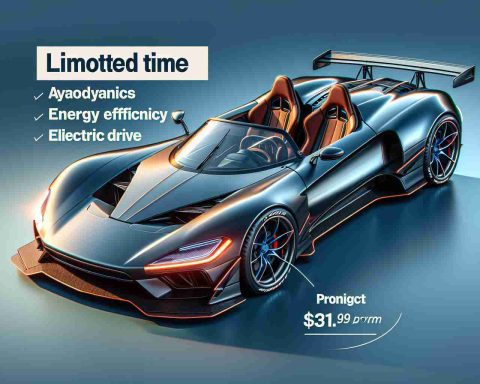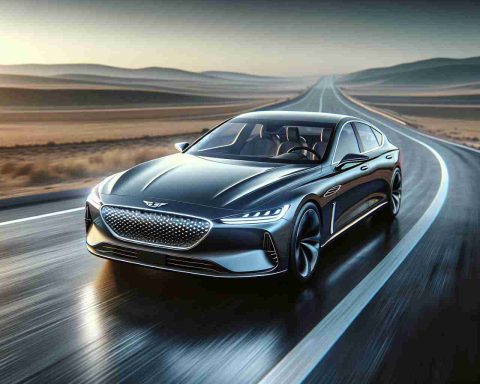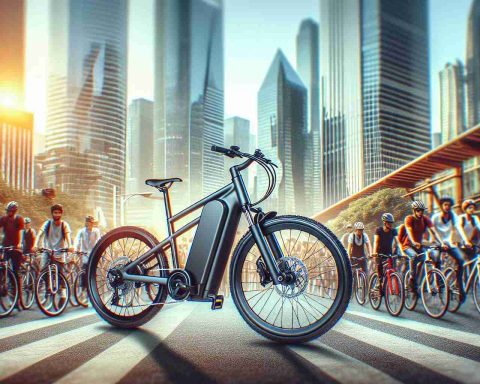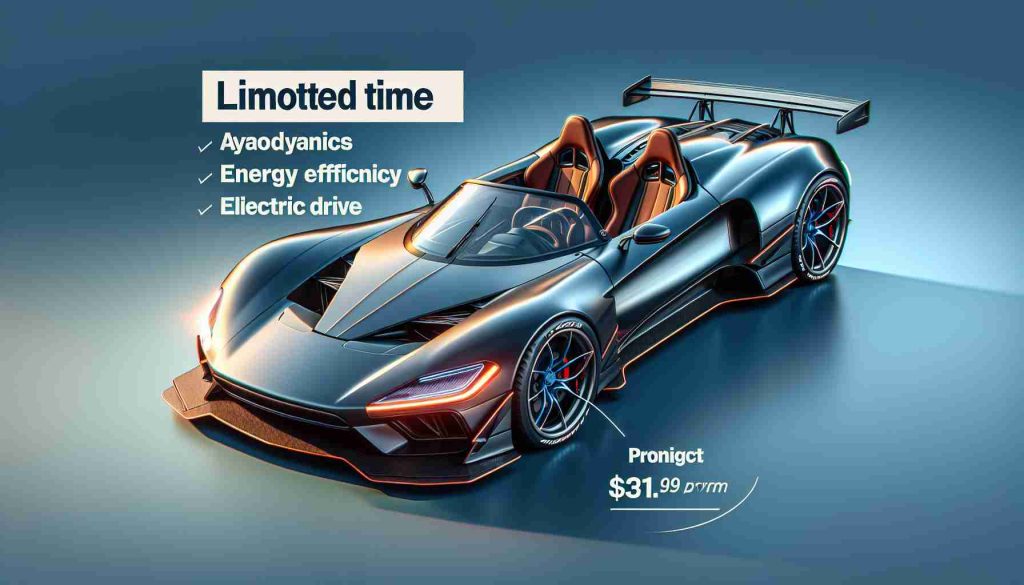- Residents of Kiama are increasingly using e-scooters and e-bikes, creating new transportation dynamics in the community.
- Gareth Ward has initiated a community survey to gather opinions on regulating these devices, with safety as a major concern.
- Community members, particularly elderly individuals, parents, and those with disabilities, express anxiety over potential safety risks.
- Ward emphasizes the need for smart regulation to balance the benefits of e-mobility with public safety.
- The NSW Government’s Upper House inquiry will play a crucial role in determining the regulatory framework for e-mobility.
- The article highlights the importance of dialogue and action to create safe and inclusive urban spaces.
A gentle hum fills the streets of Kiama as residents glide by on e-scooters and e-bikes, weaving through busy thoroughfares and tranquil lanes alike. However, beneath this modern mode of transport lies a growing concern, sparking a call to action.
Gareth Ward, the Member for Kiama, has ignited a vital conversation with a new community survey, urging locals to share their thoughts on the regulation of these ubiquitous devices. The initiative seeks to capture the diverse opinions swirling around this modern mobility dilemma, with safety emerging as a dominant theme.
Residents express unease about the increasing presence of e-scooters and e-bikes in public spaces. There is a palpable anxiety among the community, especially among the elderly, parents with young children, and individuals with disabilities. As these devices zip across pavements, questions arise about their impact on public safety.
Ward believes that the streets of Kiama should be a safe haven for both pedestrians and e-mobility users alike. Acknowledging the potential benefits, such as easing congestion and promoting eco-friendly alternatives, he stresses the importance of smart regulation to protect all members of the community.
The future of e-mobility hangs in the balance, with the NSW Government’s upcoming Upper House inquiry poised to shape the road ahead. Ward’s survey aims to gather critical feedback to inform these policy discussions and ensure a harmonious coexistence.
In a world where technology advances rapidly, the key takeaway is clear: thoughtful dialogue and decisive action are crucial to crafting an urban landscape that prioritizes both innovation and safety. As Kiama’s residents pen their sentiments, the stage is set for a conscientious journey towards a more inclusive and secure public space.
How E-Scooters and E-Bikes are Reshaping Urban Transportation: What You Need to Know
Exploring the World of E-Mobility: An In-Depth Look
The streets of Kiama have become a microcosm of the modern mobility revolution, with e-scooters and e-bikes offering a glimpse into an eco-friendly future. However, the concerns raised in Kiama regarding safety and regulation reflect a broader global conversation. Let’s dive deeper into the multifaceted world of e-mobility, addressing key questions and outlining practical steps forward.
How-To Steps & Life Hacks for Safe E-Mobility Use
1. Wear Appropriate Safety Gear: Helmets are essential for riders of e-scooters and e-bikes to protect against head injuries. Consider additional gear such as knee and elbow pads.
2. Check Equipment Before Use: Regularly inspect brakes, lights, and tires to maintain optimal functioning.
3. Follow Traffic Rules: Riding in designated lanes, adhering to speed limits, and respecting pedestrian spaces can significantly reduce accidents.
4. Be Visible: Use lights and reflective gear, especially during low-visibility conditions, to be seen by others.
Real-World Use Cases
– Urban Commutes: E-scooters and e-bikes offer a convenient alternative for short-distance travel within congested cityscapes.
– Tourism: Many cities, including San Francisco and Paris, have integrated e-mobility solutions into their tourism offerings, providing a novel way to explore urban areas.
– Last-Mile Deliveries: Companies like Ford through Spin and Lime have piloted e-scooter usage for quick deliveries in dense urban environments.
Market Forecasts & Industry Trends
According to a 2022 report by McKinsey, the global e-scooter and e-bike market is projected to grow at a CAGR of 8% from 2023 to 2030. This growth is driven by increasing urbanization, demand for sustainable transport solutions, and technological advancements in battery storage and charging infrastructure.
Reviews & Comparisons
– Performance: Xiaomi’s Mi Electric Scooter offers robust performance at an entry-level price, while Unagi’s Model One excels with sleek design and lightweight build.
– Battery Life: Most e-bikes now feature ranges exceeding 40 miles per charge. In contrast, e-scooters typically offer a range of 15-25 miles.
– Price Point: Entry-level e-scooters start around $300, whereas advanced models can exceed $1,500. E-bikes range similarly but tend to lean higher on the price scale due to additional components and features.
Controversies & Limitations
– Safety Concerns: As noted in the Kiama case, public safety issues arise from shared spaces between pedestrians and e-mobility users.
– Legal and Regulatory Hurdles: Varied laws across jurisdictions create confusion for users and operators, emphasizing the need for harmonized regulations.
Features, Specs & Pricing
– E-Scooters: Typically equipped with a 250W motor, top speeds of 15 mph, and 8.5-inch pneumatic tires. Pricing ranges from $300 to $700 for average consumer models.
– E-Bikes: Feature power assist with 250W to 750W motors, allowing speeds up to 28 mph. Prices range from $500 for basic models to $4,000 for high-end versions.
Security & Sustainability
E-scooters and e-bikes present a lower carbon footprint compared to cars. However, challenges persist in battery recycling and the environmental impact of manufacturing. Efforts are underway to improve sustainability, such as the use of swappable batteries.
Insights & Predictions
The upcoming inquiry by the NSW Government could set a precedent for other regions, emphasizing safety, shared space policy, and technology advancements like geofencing for speed control in pedestrian-heavy areas.
Actionable Recommendations
– Participate in Local Surveys: Engage with community initiatives to voice concerns and preferences regarding e-mobility regulations.
– Educate New Users: Community-driven workshops can highlight safe practices and responsible usage.
For further insights into e-mobility solutions and urban planning trends, visit Nature or IEEE.
By remaining informed and advocating for balanced regulation, we can ensure a harmonious integration of e-mobility within urban landscapes.














